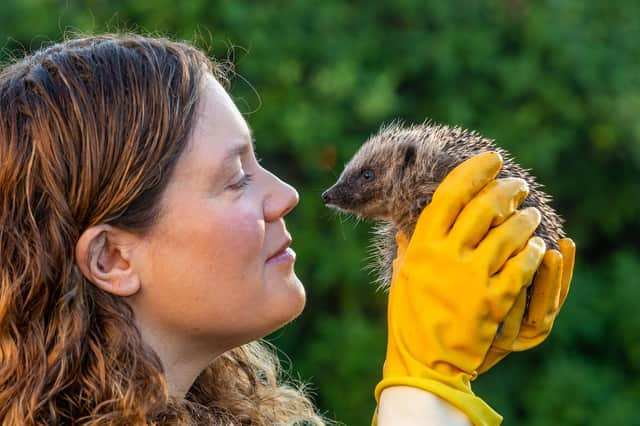Top 7 ways to protect garden wildlife this autumn
This article contains affiliate links. We may earn a small commission on items purchased through this article, but that does not affect our editorial judgement.


Experts at GardenBuildingsDirect.co.uk have shared their advice on how to make sure all animals arriving in gardens this autumn are kept out of harm’s way.
The changing weather brings with it new species of wildlife into gardens across the country, and people are being encouraged to create safe spaces for small creatures using old plant pots, compost heaps and hedgehog houses.
Advertisement
Hide AdAdvertisement
Hide AdA spokesperson from Garden Buildings Direct said: ‘’We maintain our gardens and pay a lot of attention to nature over the summer, but as September starts and the sun disappears it is still important to keep doing this.
‘’Autumn is a time when specific species emerge, whilst others go into hibernation. Garden wildlife requires different levels of maintenance during different seasons, so it is important for those with gardens to keep in mind how to adapt their habitats to the different seasons.”
Here are Garden Buildings Direct’s top tips to keep wildlife safe:
1 Get a bird feeder
More birds emerge during the winter months, so it is important they are well fed. Having a stocked bird feeder in your garden is a good, low maintenance way to keep wildlife fed and healthy.
2 Put up nest boxes
Advertisement
Hide AdAdvertisement
Hide AdThis allows birds such as wrens to have a safe place to stay, especially during the colder nights when it is important for them to keep warm.
3 Build a hedgehog house
The number of hedgehogs in the UK has fallen, which makes it even more important to take care of the remaining ones. Hedgehog houses can be made easily out of cardboard boxes, dry leaves, grass, and straw.
4 Maintain ponds
If you have a pond in your garden, maintain it by removing debris to stop the pond from freezing over. This means animals won’t be trapped underwater with poisonous gases.
5 Use old plant pots
If you have any plant pots going spare, they can be left in stacks to offer shelter for insects who need cooler and drier spaces, such as bees.
6 Make compost heaps readily available
Advertisement
Hide AdAdvertisement
Hide AdCompost heaps are the perfect place for a number of species to hibernate. This includes bees and hedgehogs, who hibernate through the winter months. On this note, be careful on occasions such as Bonfire Night as lighting fires near the heaps may disturb or harm resting animals.
7 Plant ivy
Ivy is one of the best plants to grow in autumn since it provides nutrients to pollinators when other summer plants are dying. Ivy leaves also offer shelter in colder months, with their berries allowing wildlife to maintain their body temperatures.